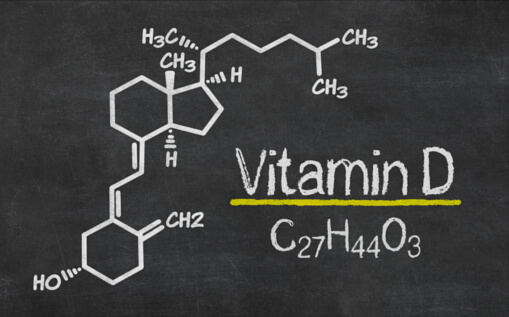Over the years, I’ve worked mostly with our aging population. It doesn’t take long, especially in the south, until at least one patient comes in for their dental hygiene visit with a recent biopsy for skin cancer on their face, neck, arms or hands. As you can imagine this becomes a part of our health history update conversation.
And that’s a prime opportunity to discuss the 3 remaining things associated with melanoma.
#3: Vitamin D and our love/hate relationship with the sun

As clinicians, part of our education includes nutritional counseling. We know that Vitamin D, commonly called the “sunshine vitamin”, is important for developing and maintaining strong bones and teeth, as well as a healthy immune system. But sunbathing isn’t the only way to obtain Vitamin D.
Last November, my own Vitamin D levels were low for an unexplained reason. I have a regular walking routine (after applying sunscreen, of course) so I figured I was getting enough sun exposure. However, upon review of some blood work – everything endocrine-wise was thankfully negative – my doctor recommended a daily multivitamin to get me a little more Vitamin D to supplement my intake from sun exposure.
You might be surprised to learn that the recommended dietary allowance for Vitamin D is 600 IU (international units) per day for adults up to age 70 and 800 IU for those over age 70. So if you or your patients are limiting their exposure to the sun (as discussed in part 1 of this series), then you might look to other sources of Vitamin D.
One more note – check on health histories concerning medications. Some will inhibit the uptake of Vitamin D.
#4: Oral melanoma
 Oral melanoma is rare and most often not even thought of by us dental professionals. The risks are not associated with UV exposure, smoking, alcohol intake, poor oral hygiene or irritation from teeth or dentures.
Oral melanoma is rare and most often not even thought of by us dental professionals. The risks are not associated with UV exposure, smoking, alcohol intake, poor oral hygiene or irritation from teeth or dentures.
While the causes remain unknown, mostly men over age 40 are affected more than women, and patients who are of Japanese descent are at a higher risk.
Oral melanoma is often associated with a pigment that has changed, so think of how an amalgam tattoo looks. Document the ABCDE’s of that site at each visit and educate your patients on how to perform their own oral health exam.
Especially note any pigment changes, particularly the palate and maxillary gingival, as this is where oral melanomas are located approximately 80% of the time. Once a site is noticed, routine referral to an oral surgeon for biopsy is recommended.
#5: Side effects from treatment for melanoma
Whether it is chemotherapy, radiation, or surgery, treatment for melanoma can frequently cause patient discomfort and poor appetites resulting in nutritional challenges. Be prepared to recommend products to help ease dry mouth or fungal infections in an effort to make difficulty eating somewhat easier.
One last thing – since summer is now upon us, why not pass out summer fun goody bags containing sunscreen lip balm with your office logo plus information on your social media pages? Patients will appreciate it and can follow you and read your posts on staying safe while outdoors this season.
Let’s make our time in the sun fun and safe!
Anastasia L. Turchetta, RDH
America’s Dental Hygienist
www.AnastasiaTurchetta.com